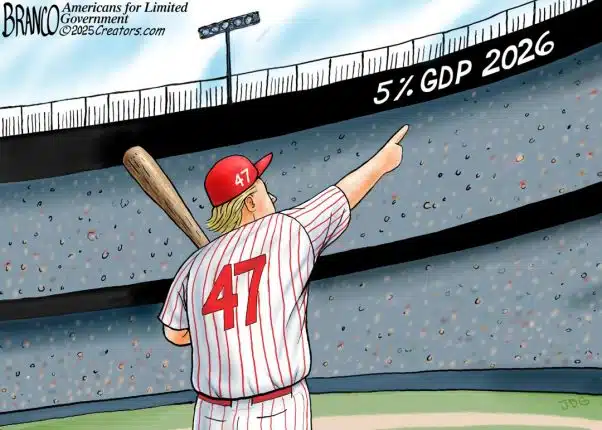“We’re not only going to see rates move irregularly lower, but they’re going to remain depressed for several years. This process is not coming to an end, it’s dragging on.”
That was Lacy Hunt of Hoisington Investment Management Company speaking with CNBC’s Rick Santelli on the trajectory of long-term interest rates.
And, apparently, everything else.
After all, lower interest rates predict slower economic growth and less inflation. So, a lower rate forecast is hardly something to embrace.
Hunt even considered the prospect for deflation, that is, dropping prices, saying, “Let’s say that over the next several years, 4-5 years, the long rate, the 30-year rates, go down to 1.5 [to] 2 percent, and the inflation rate eventually goes -1 percent, that gives you a 2.5 percent real return.”
That might be good news for bond investors, but what about everyone else?
In the 1930s, falling prices were the scourge of the Great Depression. Assets became less attractive over time, since they might be cheaper to buy in the future, and so it forestalled purchases. Meanwhile, the economy failed to recover, despite the collapse of the international gold standard and the easing of monetary conditions that brought.
No matter what central banks conjured up, the economy kept on sinking.
As far as the economy goes now, Hunt, writing with Van Hoisington in the Hoisington “Quarterly Review and Outlook: First Quarter 2015” sees very little to get excited about, forecasting a very slow year.
“Our expectations for the economy in 2015 are that nominal GDP should grow no more than 3 percent this year,” write Hunt and Hoisington, adding ominously, “The risk is that velocity will be even weaker this year; thus, 3 percent nominal GDP growth may be too optimistic.”
Making matters worse, it would follow a definite trend: “The slower pace in nominal GDP in 2015 would continue the pattern of the past two years when nominal GDP decelerated from 4.6 percent in 2013 to 3.7 percent in 2014 on a fourth quarter to fourth quarter basis. Such slow top line growth suggests that both real growth and inflation should be slower than last year.”
On deflation, Hunt and Hoisington say the risk is rising: “With inflation near zero in both [the U.S. and European] economies today, even a mild recession would put both in deflation.”
As far as rates go, Hunt tells bond investors via Santelli to “ignore the short-term volatility” in prices because “in the long term markets, they’re going to produce a good return.”
When Santelli asked about the prospect of negative interest rates in Europe and elsewhere, Hunt took it as a sign of weak overall outlook. “The fact that the rates are negative in many parts of the world [and at] very low levels virtually everywhere you look in the world is a reflection of how poor business conditions are.”
But why so weak? Hunt answers, “These depressed conditions are direct consequences of our excessive indebtedness.”
Meaning, even after the financial crisis, as a whole, the economy still has too large of a debt load for the economy to grow robustly. “[It’s] a net negative, debt is an increase in current consumption in exchange for a decline in future spending and we are not going to solve this problem by taking on more and more debt.”
Meaning not even more debt now will boost demand. So, now what?
Robert Romano is the senior editor of Americans for Limited Government.





